If your Windows PC is running slow after restart, then this article will help you fix this issue. This issue can occur due to corrupted system files, too many startup programs or background processes, low disk space, low system resources, etc.
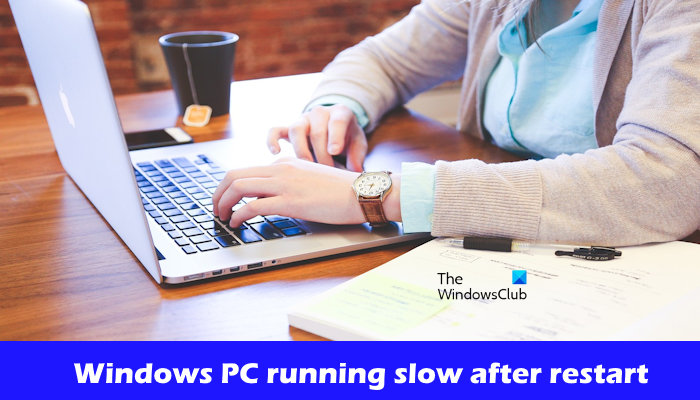
Fix Windows PC running slow after restart
If your Windows 11/10 PC is running slow after restart, then you will have to take a look at the following potential causes:
- Check Startup programs
- Restore default settings for Power plan
- Pause OneDrive syncing
- Check if your third-party antivirus is the cause
- Uninstall and reinstall the Graphics Card driver
- Update the BIOS
Before you being, you might want to run Windows Update and the System File Checker.
1] Check Startup programs
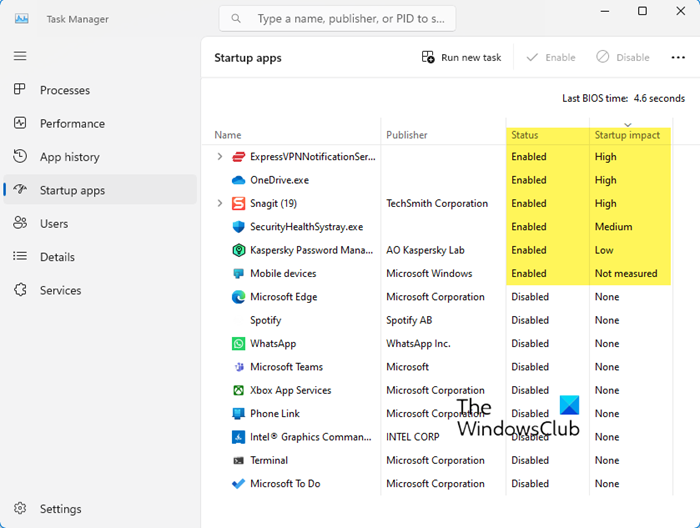
Startup programs can create this issue, as it is common for most programs to add themselves to the startup list. As a result, your computer tends to waste resources and perhaps make it run slow. Open Task Manager and disable the Startup programs that have a high impact or those that you do not need to start every boot. This post will show you which startup programs you can disable safely.
Read: How to find hidden Startup programs slowing down Windows Boot
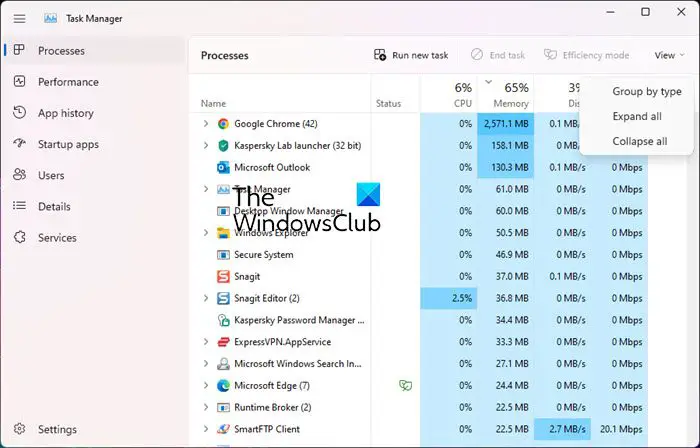
You can also check for the resource-hogging programs in the Task Manager. You should uninstall unwanted programs installed on your system.
2] Restore default settings for Power plan
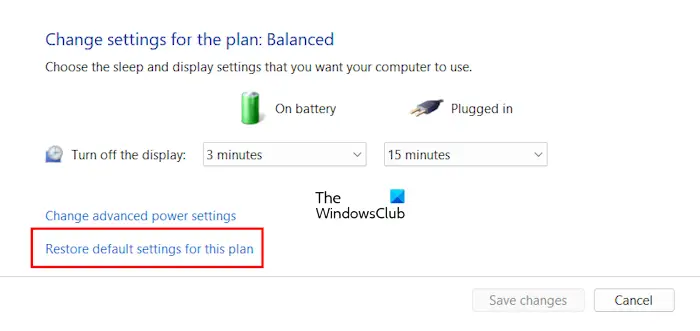
Reset your Power Settings to Windows default values and see if that works for you. You may also run the Power Troubleshooter and let it fix the issues if any are found. You could also enable Ultimate Performance Power Plan and see if it helps.
3] Pause OneDrive syncing
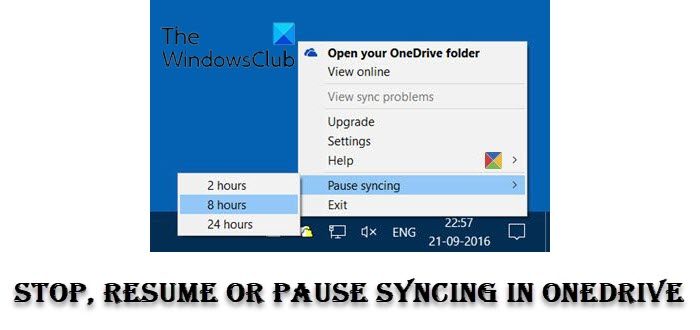
There is a possibility that OneDrive syncing is creating the issue. Therefore, we suggest you pause your OneDrive syncing and see if it helps. To do so use the below steps:
- On the taskbar, look for the OneDrive icon near the notification area.
- Click on Settings.
- Click on Pause syncing.
4] Check if your third-party antivirus is the cause
If you have installed any third-party antivirus on your PC, then there is the possibility that your PC does not have enough resources for antivirus. To check this, disable or uninstall your third-party antivirus. If your PC performs well after the uninstall of the third-party antivirus, then update your hardware and RAM. Also, you can switch to a different antivirus if you use a free antivirus.
5] Uninstall and reinstall the Graphics Card driver
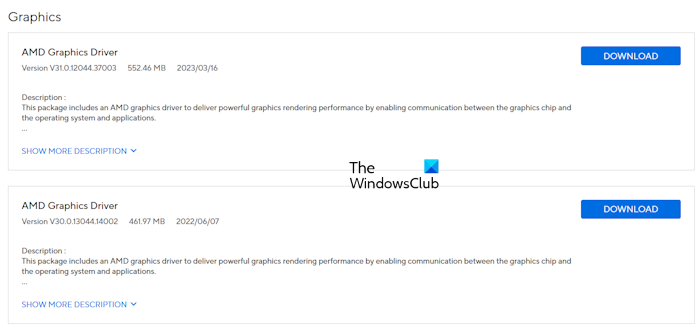
An outdated and corrupted Graphics Card driver can slow down your PC. Make sure your Graphics Card driver is up to date. You can download the latest Graphics Card driver from the official website of your computer manufacturer. After downloading the Graphics Card driver, completely remove the display driver using DDU. After that, run the installer file and install the driver.
6] Update the BIOS
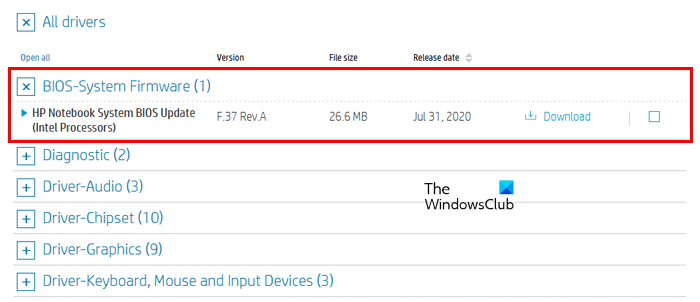
We also suggest you update your BIOS. You can do so by downloading the BIOS update from your computer manufacturer’s official website.
If nothing helps, perform a System Restore and see if it works.
Why is my PC so laggy?
There can be a few reasons why your PC is so slow or laggy. Resource overload, low disk space, and accumulated dust are the most common reasons. We suggest you open your computer case and clean your computer properly. Takls professional help if you do not know about it. Old hardware is also one of the possible causes of slow PC performance. We suggest you upgrade your hardware. If possible, install an SSD.
Read: Windows 11 very slow after Update
How to clean my PC?
Over time, dust accumulates inside the PC case and impacts its performance. You should clean your PC from time to time. To physically clean your PC, completely turn it off, then remove the power cord to avoid electric shock. Now, open the computer case. You can use an air compressor to remove dust. Now, use the soft lint-free cloth to clean your PC components.
Read next: Windows computer taking forever to restart.
Leave a Reply